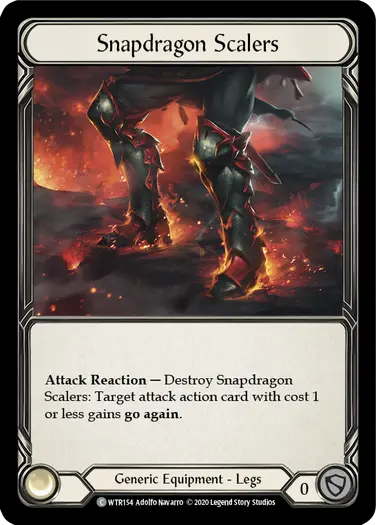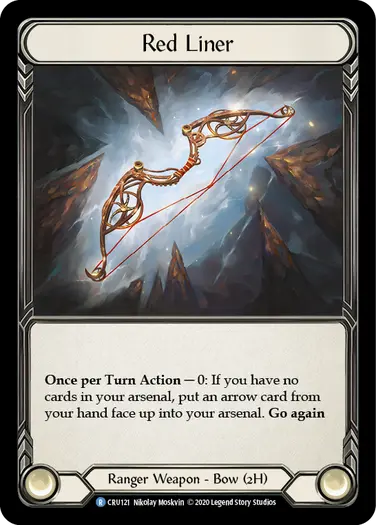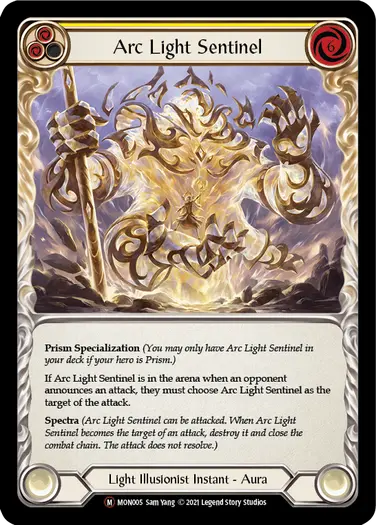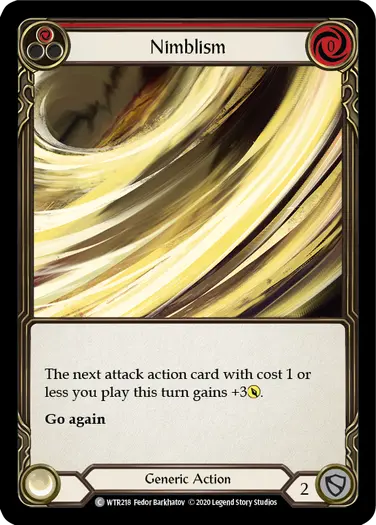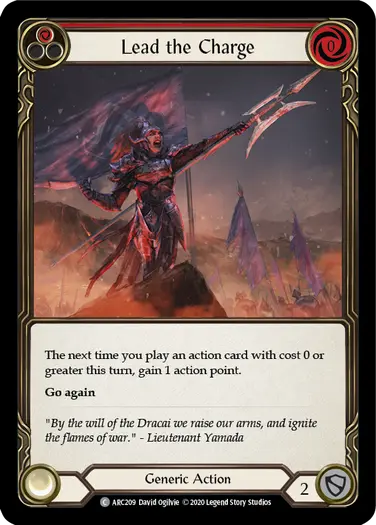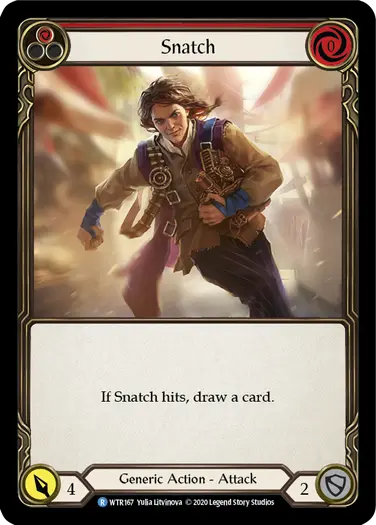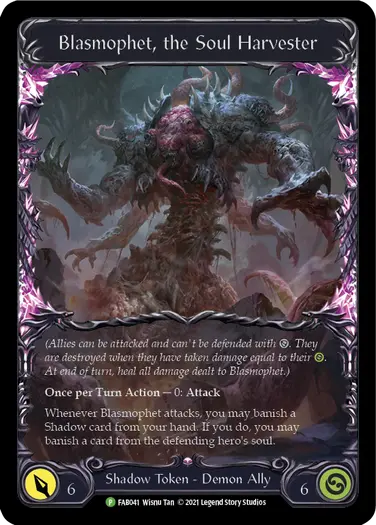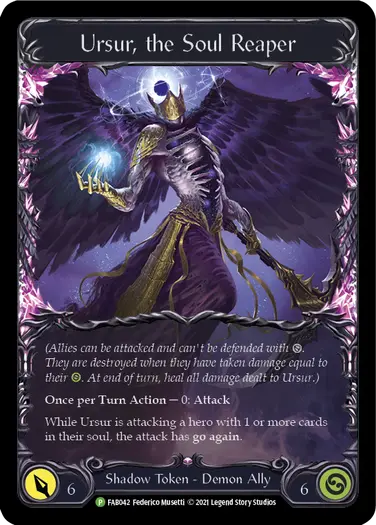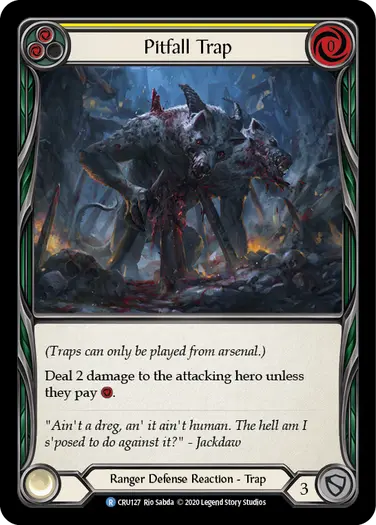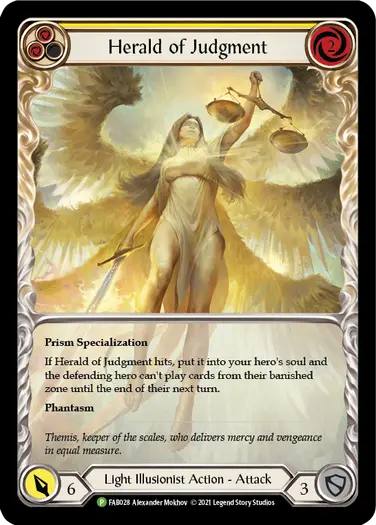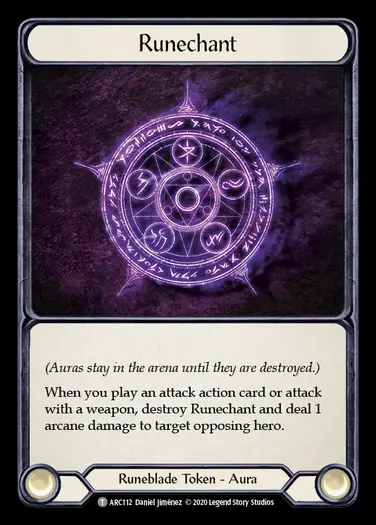Legend Story Studios is committed to providing a world-class organized play experience. As such, we are continuously reviewing our official documents that guide our players, judges and tournament organizers through the game at a high-level of play. With Tales of Aria on the horizon, it's likely that only one or two more updates will be made to the current iteration of the Comprehensive Rules. In the coming months, we are looking to release a complete rewrite of the Comprehensive Rules, alongside revising the Tournament Rules and Policy, and the Penalty Guidelines, to bring them up to the expected standard for high-level play. Our goals with this broader update are to communicate our developer intentions more clearly through stated rules and procedures, provide a more intuitive system with clearly defined terms and text structures, and to provide stronger building blocks for the future development of the game.
Today we’re updating the Comprehensive Rules to address some of the feedback from the recent season of the Road to Nationals, and to lay some of the foundations for the Comprehensive Rules rewrite. Unlike the last revision of the Comprehensive Rules, this update contains some fundamental gameplay changes and clarifications which are listed in detail here.
11.7 When a card enters a zone that is not in the arena, it becomes a new card and has no relation to its previous existence.
This primarily addresses questions and concerns surrounding Ranger and Ninja, where a card that has been modified by effects loses the effects when it returns to a zone like the player's hand and is played again. Two examples bring this to light:
Example 1: Tyler is playing as Azalea, controls Red Liner and has no cards in hand and one card in arsenal. Tyler activates Azalea’s ability and puts an Endless Arrow into their arsenal giving it dominate. Tyler attacks Perry with Endless Arrow (with dominate). Perry does not defend or prevent any damage, and Tyler activates Snapdragon Scalers to give Endless Arrow go again. Endless Arrow hits and it is put into Tyler’s hand. Tyler activates Red Liner and puts the Endless Arrow into their arsenal. Because Endless Arrow has entered a zone that is not in the arena (both the hand zone and the arsenal zone are not zones within the arena), it is a new card and does not have dominate or go again.
Example 2: Tyler is playing as Levia and has one card (with less than 6{p}) in their graveyard. Tyler plays Shadow Puppetry and then attacks Perry with Smash Instinct (blue). The attack at this point has 6{p} (modified) because of Shadow Puppetry. After the chain link resolves, Tyler closes the combat chain putting Smash Instinct into the graveyard. Tyler then plays Boneyard Marauder, banishing 3 cards (including Smash Instinct (blue)) from their graveyard. Because Smash Instinct has entered a zone that is not in the arena, it is a new card and is no longer affected by the +1{p} from Shadow Puppetry. This means it does not trigger Levia’s ability, because the (modified) power of the card is 5 (equal to the base power), when it is being banished.
20.4.2 “When you play” and “When this becomes the target” triggered effects (if any) are added as layers to the chain (Eg. If the target of the attack has Spectra, it triggers.). Effects that modify attacks are applied, such as “Your next attack this turn”, “The next attack action card you play this turn”, and “Attacks this turn”.
This change unifies the continuous effects that apply to attacks when they are played or activated as opposed to splitting them between play/activate trigger and the attacking trigger. This establishes the term “attack” (noun) to refer to an attack action card or attack ability from when it is first put on the chain, while “attack” (verb) and “attacking” (adjective) are unified to refer to the attack when it resolves as a layer.
Example: Perry controls Arc Light Sentinel. Tyler plays and resolves Nimblism, Lead the Charge (red), and attacks Perry’s Arc Light Sentinel with Snatch. During the attack step, Lead the Charge’s effect will give Tyler 1 action point, and the Spectra’s effect will close the combat chain. Tyler then attacks Perry with another Snatch. Previously, Nimblism’s effect would apply to the second Snatch because it was not consumed as the first Snatch never resolved and became attacking. However, due to the change this is no longer the case. When the first Snatch is played, it consumes Nimblism’s effect meaning the second Snatch will simply have an unmodified power value.
20.4.4 When both players pass priority in succession on layer 1 of the chain link (the attack itself), the attack becomes “attacking” and is considered to be “attacking” until it leaves the combat chain. If the attack is a non-ally attack, the player who controls the attack becomes the “attacking hero” until the chain link resolves, and if a hero is being attacked they become the “defending hero” until the chain link resolves.
With the introduction of Allies, there were some oversights in the description of the rules that affected the intention of some card interactions. This change sets the “attacking hero” and “defending hero” to be per chain link rather than the entire duration of the combat chain. Additionally, when attacking with allies, you are no longer considered an attacking hero.
Example 1: Tyler controls Blasmophet, the Soul Harvester. Tyler attacks Perry with Blasmophet, and during the reaction step Perry plays and resolves Pitfall Trap. Previously, Tyler would be considered the attacking hero and thus would pay {r} to avoid taking 2 damage. However, due to the change this is no longer the case. Tyler is no longer considered the attacking hero because the attack is not a non-ally attack (an Ally is attacking). This means the effect of Pitfall Trap would simply fail to resolve because there is no subject “attacking hero” to apply the effect to. Please note that Pitfall Trap would still become a defending card, regardless of whether or not its effect successfully resolves.
Example 2: Perry controls Ursur, the Soul Reaper. Tyler attacks Perry with Spears of Sureality, and Perry does not defend or prevent any damage. With the combat chain still open Tyler attacks Perry’s Ursur with Herald of Judgement. Previously, Perry would still be considered a defending hero (after being the target of Spears of Sureality), and thus when Herald of Judgement hits Ursur, the triggered effect of Herald of Judgement would then affect Perry as the defending hero. However, due to the change this is no longer the case. Perry would not be considered the defending hero for the chain link of Herald of Judgement because it targets the ally. This means the triggered effect would simply fail to resolve because there is no subject “defending hero” to apply the effect to.
21.2 Any layers on the current chain link that are not an attack, an attack reaction, or a defense reaction, continue to be layers on the chain in the same order. All other cards on the combat chain are put into their owner’s graveyard.
This has been an ambiguous area for some time. The intention has always been that unresolved non-combat layers will still resolve despite the combat chain closing, but this was not reflected in the previous edition of the rules and has not been made clear for players. This prevents players from being able to pick and choose the resolution of triggered effects when interacting with triggers that close the combat chain, such as Spectra and Phantasm.
Example: Tyler controls a Runechant token and Perry controls an Arc Light Sentinel. Tyler attacks Perry’s Arc Light Sentinel with Snatch. Both the abilities for Spectra and the Runechant token trigger and Tyler decides to put them on the chain link to produce the following order of layers: Snatch (Layer 1), Runechant triggered ability (Layer 2), Spectra triggered ability (Layer 3). First Spectra resolves and closes the combat chain. Previously this would remove the Runechant triggered ability layer and Tyler’s Runechant token would not be destroyed. However, due to the change this is no longer the case. The Runechant triggered ability (Layer 2) becomes Layer 1 on the chain, and any additional triggered ability layers from closing the combat chain would be added as layers on the chain. This means that during the resolution of these layers the Runechant triggered ability will eventually resolve and destroy Tyler’s Runechant.


